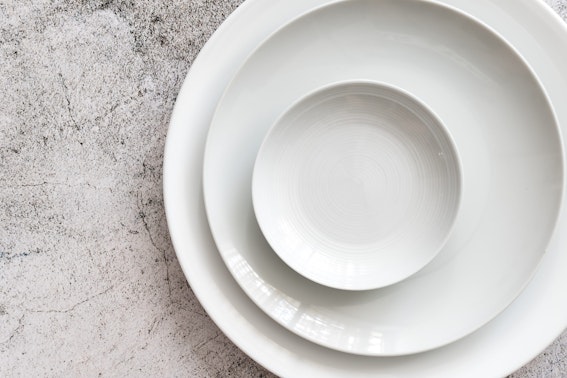Read food labels to make better choices

The importance of reading food labels
Wanda, a Satellite Healthcare dietitian, makes it easy to understand how to read a food label and how it helps you make better food choices.

What is a serving?
Read the food label and see how much is in a single serving, for example – a cup, 24 pieces, 4 oz. As you prepare meals, measure out each serving. If you eat two servings, double the amount of calories, sodium and other nutrients.

For most people on dialysis, it’s good to eat no more than 1,500-2,000 mg of sodium/salt each day. Target less than 600 mg per meal and less than 200 mg for a snack.

For most people on dialysis, it’s good to eat no more than 2000-3000mg of potassium each day. Look for low potassium foods with less than 250mg per serving.

Does this food have phosphorus?
When you see an ingredient that has ‘phos’ in the name, that means the food has added phosphorus and you should limit the amount.

Delicious recipes for a dialysis-healthy life
Our online cookbook includes dozens of tasty kidney-friendly recipes to enjoy. In fact, these dishes are good for your whole family. Which one will become your new favorite dinner go-to?

Deviled Eggs
A festive and satisfying dish for your holiday table is sure to please even the pickiest eater.

Pan-Cooked Fish With Bell Peppers
Home dialysis can offer more freedom with food
Dialysis at home has many advantages. A significant one is more flexibility with food choices. People having treatments at home may have:
- More freedom to eat foods they love
- Less need to reduce the amount of fluids they drink
- Fewer medications to take
Dialysis in a center and food planning
Most people on dialysis in a center need to monitor their diet and fluid intake carefully to stay healthy. This means thoughtfully planning meals to:
- Control potassium and phosphorus intake
- Get enough of the right kinds of protein
- Limit salt/sodium intake
- Monitor fluid intake
- Get enough kidney-friendly calories to stay healthy and active